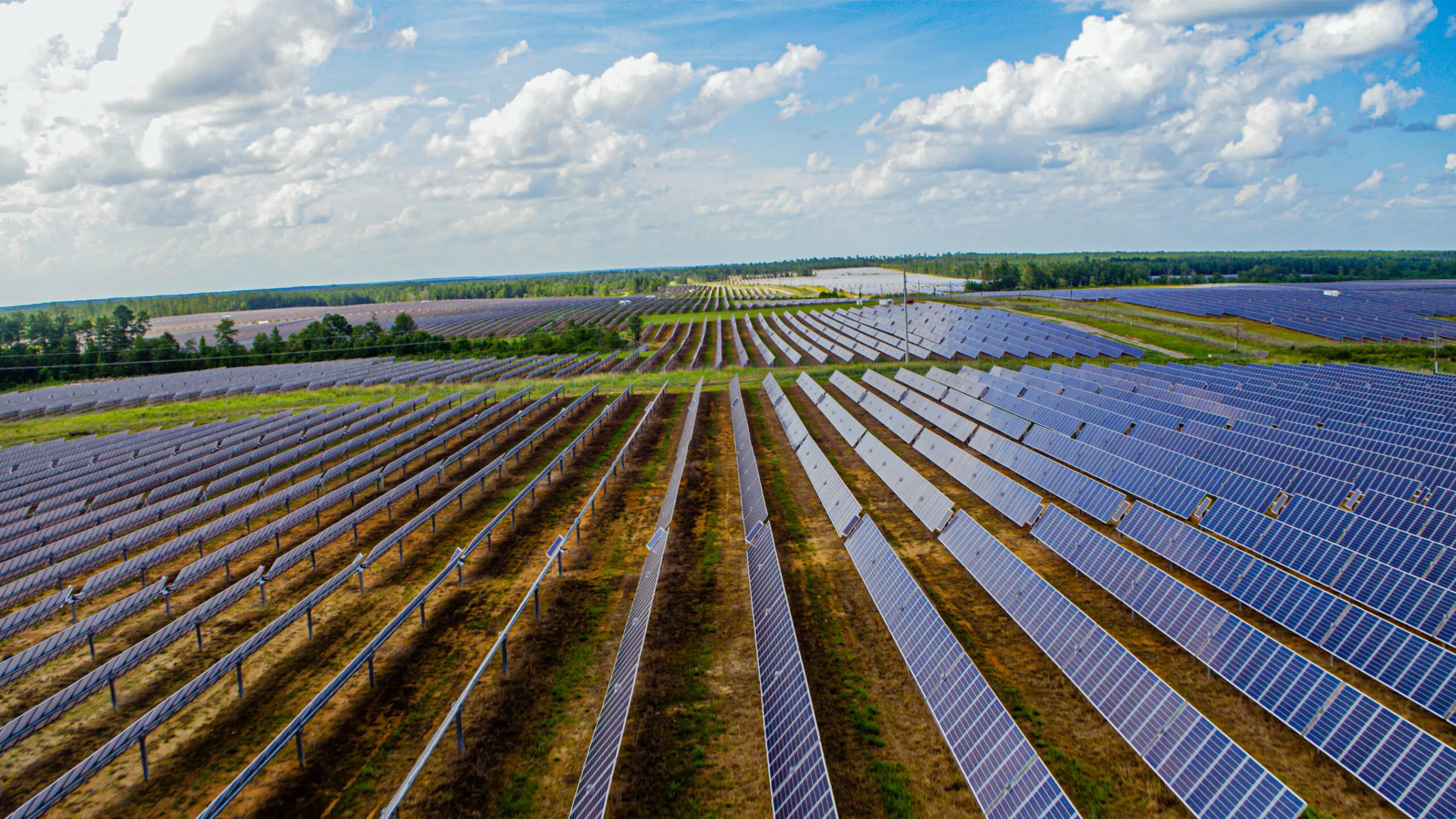Brazil’s energy landscape is undergoing a transformation, with hydroelectric power’s contribution dropping from 90% to 53% of the electricity produced.
In seven years, this may drop to 42%. The country is turning to wind and solar energy, driven by their efficiency and lesser environmental impact.
This shift means hydro plants sometimes release water without generating power.
Decades ago, Brazil relied mostly on hydro, coal, petroleum, and nuclear energy. The current energy mix is more diverse, with ten sources, including six renewables.
Wind and solar, at 11.5% and 11.8% of capacity, are gaining favor, with growth expected. This evolution reflects a strategic pivot to sustainable and economical energy sources.

Despite hydro’s low CO2 emissions, wind and solar’s scalability and cost benefits are attracting investments.
Yet, this transition challenges energy management, especially during low demand.
Hydro plants’ flexibility is unmatched, but the need for energy storage solutions becomes crucial as reliance on wind and solar grows.
Opportunities to expand hydro are dwindling, with few potential sites left. This has sparked interest in upgrading existing hydro facilities to boost their output.
As Brazil leans more towards wind and solar, integrating these with hydropower is vital for a stable and green energy supply.
This move towards renewables also underscores the importance of innovation in the energy sector.
This condensed version captures the essence of Brazil’s energy transition and key facts within the specified word count and guidelines.

